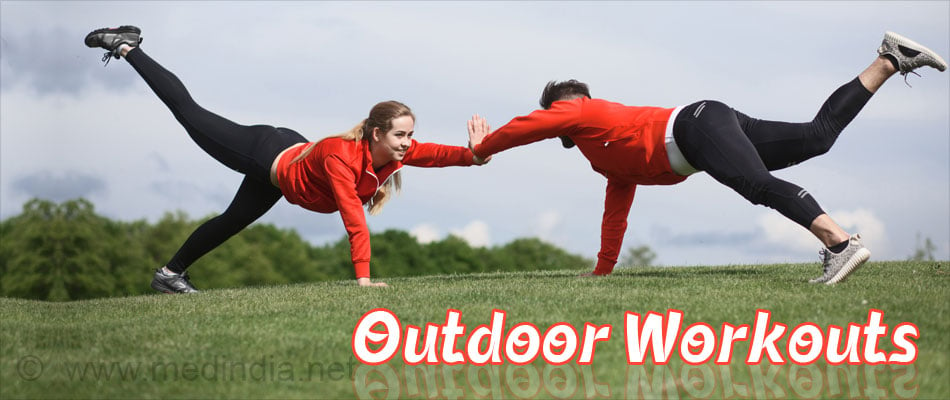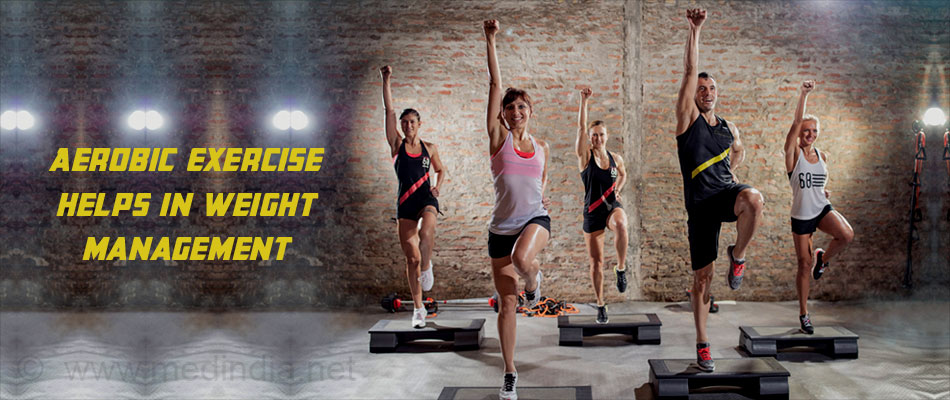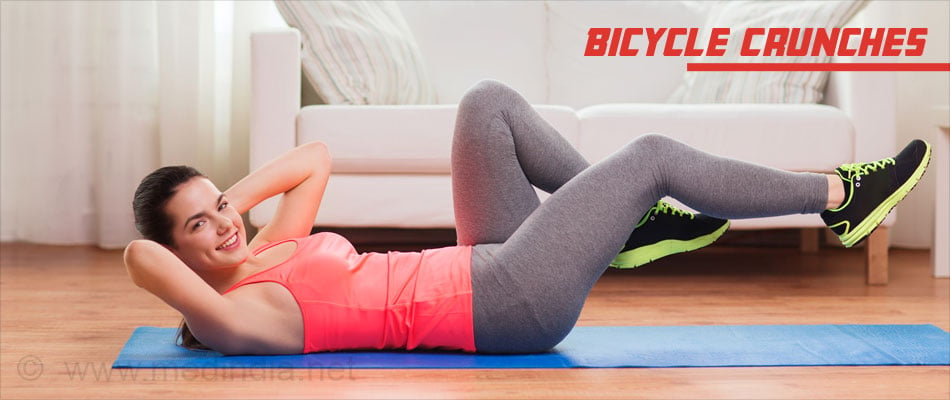- 10 Exercises to Turn the Outdoors into a Gym - (http://www.fitnessmagazine.com/workout/lose-weight/total-body/best-outdoor-workout/)
- How To Create An Effective Circuit Workout - (https://www.acefitness.org/blog/5050/how-to-create-an-effective-circuit-workout)
- What is the difference between aerobic and anaerobic exercise - (http://www.medicinenet.com/aerobic_exercise/page3.htm/)
- Aerobic and Anaerobic exercise: What is the Difference? - (http://www.fitness19.com/aerobic-and-anaerobic-exercise-what-is-the-difference/)
- Aerobic Exercise - (http://www.medicinenet.com/aerobic_exercise/article.htm)
Outdoor Exercises
“Man is a microcosm, or a little world, because he is an extract from all the stars and planets of the whole firmament, from the earth and the elements; and so he is their quintessence.” - Paracelsus
Just as the elements in microcosm called humans, mirrors the cosmic matrix; outdoor workouts in a park, beach or mountains help reconnect with and mirror the cosmic expanse and harmony.
During exercise, the body is energized, the mind and soul are healed. Outdoor workouts can comprise individual workouts or exercises arranged in a form of circuit of work and rest.

Aerobic Exercise
Aerobic exercise is also referred as cardio exercise as oxygenated blood by the heart is pumped into the muscles of the body to support the physical activity. The heart rate and breathing rate increase and are sustained for the whole exercise session. Aerobic exercise burns fat, as it uses fat as fuel.
Anaerobic Exercise
Anaerobic means without oxygen. Anaerobic activity makes you breathless like weight lifting or sprinting. This type of exercise is of short duration and high intensity that can last from a few seconds up to around two minutes. Anaerobic exercise produces lactic acid which causes discomfort, because of which it can be sustained only for short periods.

Difference Between Aerobic and Anaerobic Exercise
Aerobic exercise includes walking, jogging, cycling, swimming, skiing, hiking, kickboxing, gym sessions to name a few. When the same exercises are done at high intensity, they are identified as anaerobic exercise. It is the intensity of the activity performance that determines if it's aerobic or anaerobic.
Aerobic exercises depend on breathing and burns more fat. Anaerobic exercise uses glycogen as fuel and builds strength and lean muscle mass. Bodies with more muscle burn more calories even while at rest, thereby helping in weight management.
Circuit Training
Outdoor workout makes circuit training more creative and engaging. Circuit training involves a regime of exercises that combines work and rest period; and aerobic and high intensity workouts. Popularly there are 3 types of circuits.
Aerobic Circuit: The work to rest (active recovery) ratio is 1:1. After aerobic workout, recovery activity is performed for equal duration which could be performing the same exercise at slower speed or changing to some different activity to stabilize the heart rate.

Anaerobic or High Intensity Interval Training (HIIT) Circuit: The work to rest (active recovery) ratio is 1:3. The rest activity duration is three times that of highly intense workouts. The workout could be of 30 seconds and rest of 90 seconds. Do it for 3 to 4 minutes and then repeat the circuit after one minute break.
Tabata Circuit: The work to rest (active recovery) ratio is 2:1. This is an advanced stage and should be done only by those who are completely fit. There is very less gap between two highly intense workouts. For example: the workout could be of 40 seconds and rest of 20 seconds. Do it for 3 to 4 minutes and then repeat the circuit after one minute break.
You should be creative in your choice of rest activity, exercise workout and their duration. Create your own regime and decide your own duration depending on your h of restealth and the time on your hands.
List of Workouts
- Step Ups: Can be done on benches or some elevation in natural milieu.
- Dips: Can be done with benches or poles in the vicinity.
- Push Ups: Can be done with benches or poles.
- Pull Ups: Can be done with the help of poles or barks.
- Burpees: At high speed, `leapfrog burpee’ can be more interesting.
- Lunges: At high speed, though it can also be a rest activity as slower pace.
- Four-Limbed Staff Pose: Chaturanga Dandasana is a static push up position, with elbows bent and body above the ground at the height of elbow. Holding this position can be more intense than pushups.
- Plank Pose: Dolphin plank pose and T-Stabilization plank pose are more intense.
- Sports: Trail walking, beach walking, skiing, horse riding, swimming, stand-up paddleboard, rowing and hill sprint.
"In every walk with nature one receives far more than he seeks." - John Muir
List of Rest Activities
- Ball Game: Instead of the usual jogging, bounce a ball continuously. Follow the ball and do not miss more than one bounce.
- Hoops: Throw hoops, from a distance to encircle the horizontal protruding bark or pole. Then run to the pole, pick the hoop and come back to try again.
- Duck Walking: Come to the squatting position with knees bent completely and hips touching the legs. Now move ahead as if you are sweeping the field with a small broom.
- Hanging from the Branch: Run and catch onto a branch or poles and swing your body. It is good after lower body workouts.
- Jumping: Jump and try to touch higher branches or poles.
- Crocodile Pose: Rest in crocodile pose. It can be opted after plank pose workout.
- Rolling: Rolling on the ground, increases the body circulation and also relaxes the body. It is ideal after plank pose and its variations.
- Bicycle Crunches: While lying on the back, bring knees to the chest and roll side to side balancing on the elbows on each side. Arms should encircle the bent legs.
- Chair Pose: This is good after upper body workouts.
- Yoga Poses: You can choose any yogic posture to rest.
- Jump, hop, skip and clap

Benefits of Outdoor Workouts
Space: Time and space have effects on the mind. The outdoors provide a huge space to spend a few minutes of life’s journey.
Nature: As you connect with nature, you remove yourself from the small mind and its limitations and feel oneness with the whole universe.
“I took a walk in the woods and came out taller than the trees.” – Henry David Thoreau
Scope: Workouts do not need equipments. However, you can carry resistance bands, balls, dumbbells or your yoga mat as options. The park, beach, trails, mountains become a solid ground for the mind and body fitness. Nature calms the mind. You need not be dependent on gyms, and heading outdoors is a great excuse to escape from a room encapsuled in four walls. You can take to sports. However, its recommended not to venture outdoors during rains, and in extreme temperatures of cold and heat.
Sun: Body builds its own Vitamin D
Depending on the intensity, workouts can metamorphosis to rest activity and vice versa. Warm ups, stretching, shuffles, twisting can help to spread energy uniformly throughout the body and at the same time relax the body and mind. Do not forget to clap after every round. Clapping increases the energy which helps you exercise better. You can use weights or resistance bends to add to the intensity of the workouts. Volunteering work at the parks, organic garden and any other activity of your choice provides not just a good workout, but it helps you to step out of your comfort zone and expand your consciousness.
‘I had an inheritance from my father it was the moon and the sun. And though I roam all over the world the spending of it's never done’ - Ernest Hemingway





